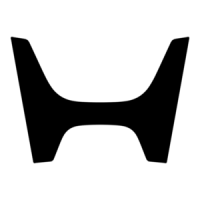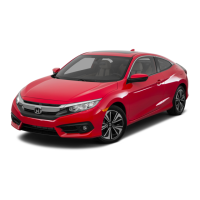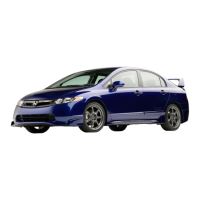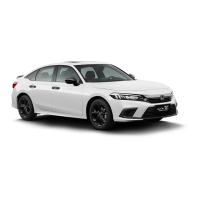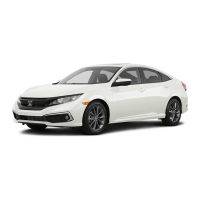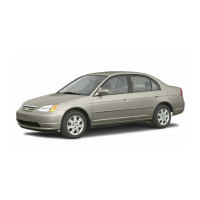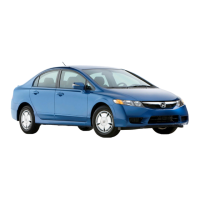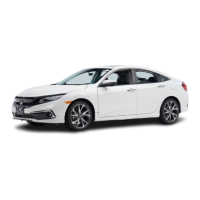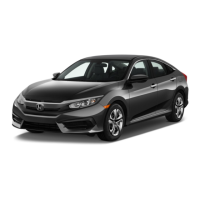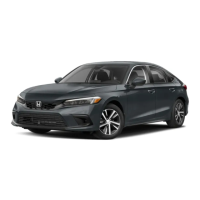In most
countries, child restraint systems
must meet the specifications of
the ECE 44 regulation. Look for
the approval mark on the system
and the manuf acturer’s statement
of compliance on the box.
Whatever type of child restraint you
choose, to provide proper protection,
a child restraint system should meet
three requirements:
T he manufacturer of t he vehicle
does not assume any responsibility
for damage which would be caused
by a defect inherent in the
recommended child rest raint system.
When buying a child restraint
system, you need to choose either a
conventional child restraint system,
or one designed for use with the
lower a nchorages and tethers.
Conventional child restraint systems
must be secured to a vehicle with a
seat belt, whereas lower anchorages
system-compatible child restraint
systems are secured by attaching the
restraint to hardware built into the
two outer seating positions in the
back seat.
Since lower anchorages system-
compatible child restraint systems
are easier to install and reduce the
possibility of improper installation, if
your vehicle is equipped with the
lower anchorages system, we
recommend selecting this style.
We also recommend selecting a
lower anchorages system-compatible
child restraint system with a rigid,
rather than a flexible, anchor (see
page ).
In EU countries, a child rest raint
system with a flexible anchor is not
available.
In seating positions and vehicles not
equipped with lower anchorages
system, a lower anchorages system-
compatible child restraint system
canbeinstalledusingaseatbelt.
49
The child restraint system should
meet safety standards.
1.
Selecting a Child Restraint System
Driver and Passenger Safety
44
06/08/05 21:49:36 32SMG610_047
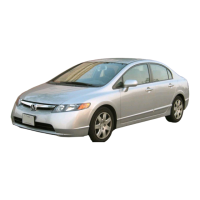
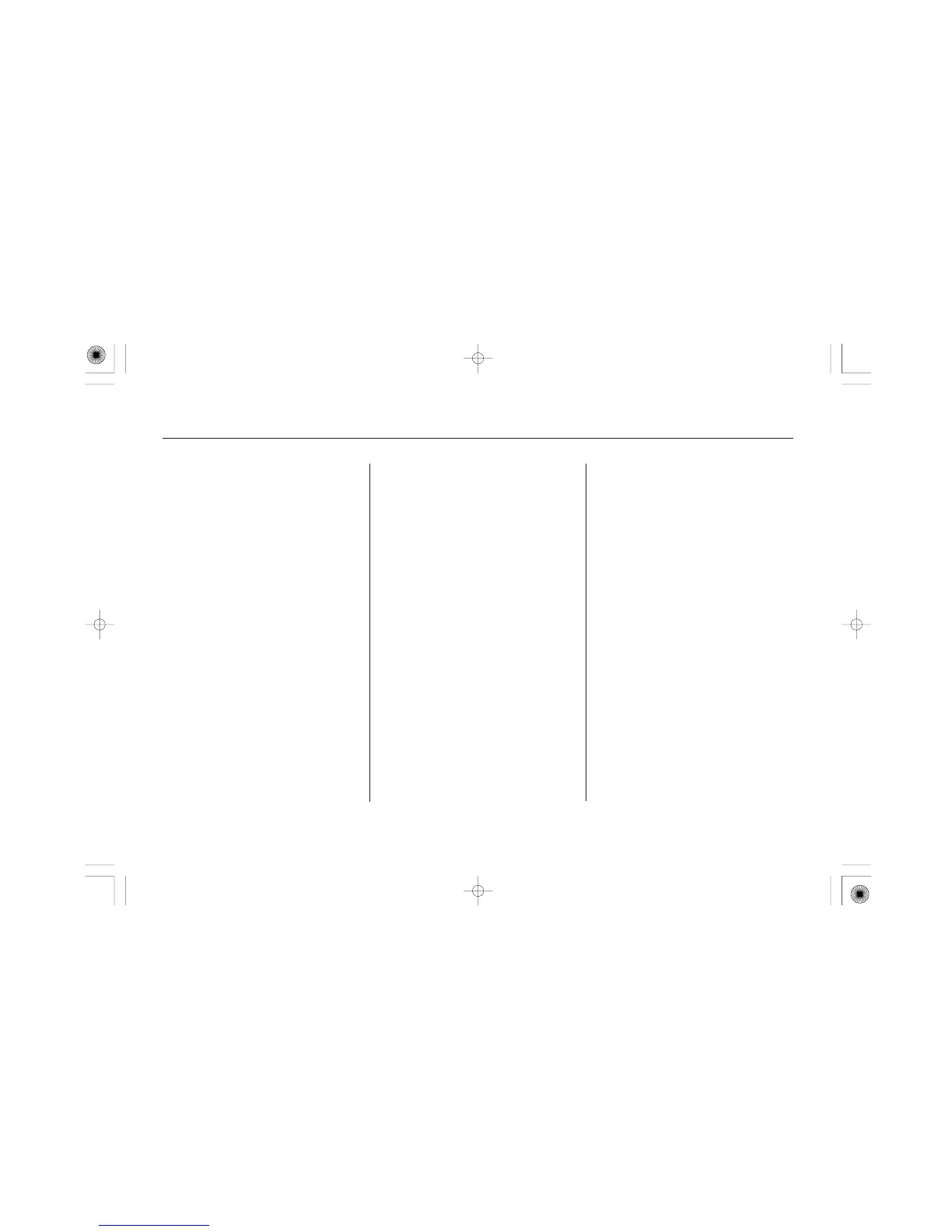